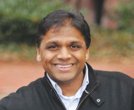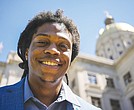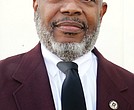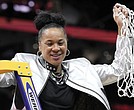Richmond selected for national health survey
George Copeland Jr. | 10/25/2019, 6 a.m.
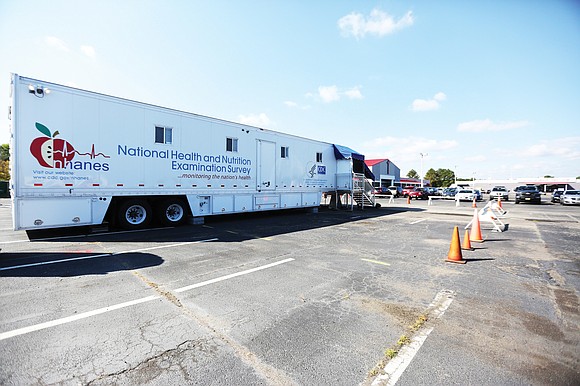
If you’ve found yourself watching your child’s toothpaste use because you’ve heard too much can damage tooth enamel, you’re familiar with the work of the National Health and Nutrition Examination Survey.
The initiative recently began its research into the health condition of Richmond.
Working out of three trailers in the parking lot of Celebration Church & Outreach Ministry in South Side, physicians and technicians will give selected city participants three-to four-hour health examinations, including blood tests, liver ultrasounds and other health analyses that typically would cost around $5,000 and require weeks to complete.
But the tests are free for participants. In fact, those who agree to take part in the NHANES study will receive the results of all the examinations, as well as up to $125 in compensation for time and travel.
If the tests reveal any health conditions or abnormalities of concern, participants will be notified within three weeks, officials said.
“Everything’s been going really well so far,” said study manager Victor Barajas, who has served as part of the initiative for a decade in a variety of roles.
He explained that Richmond is one of 15 localities selected for this year’s national survey for which interviewers canvassed the community for residents eligible to participate.
The selection process for residents, like the choice to survey Richmond itself, is random, Mr. Barajas said, using algorithms to ensure a pick representative of the country as a whole in terms of age, race and ethnicity.
“Richmond is such a microcosm of America,” said Dr. Duong “Tony” Nguyen, chief medical officer of the Division of Health and Nutrition Examination Survey for the Natioanl Center for Health Statistics.
“We’re going to find the young, the old, every race, every ethnic- ity, every economic background, every educational background.
“That doesn’t always happen. But I think Richmond is a perfect example of that,” Dr. Nguyen said.
The health survey was launched by the Centers for Disease Control and Prevention in 1960 and is conducted by the National Center for Health Statistics. The survey originally operated on a decade-by-decade basis before shifting to a continuous program in 1999, as technology improved and the need for more data increased.
Data generated by previous surveys have not only revealed the damage an excess of fluoride can have on developing teeth and gums, but also the harm caused by lead in gasoline, food and soda cans, as well as the rise of obesity and undiagnosed diabetes in the United States.
Industries and individuals across the world, from airlines to pediatricians to the clothing industry, rely on the data gathered by NHANES for their work.
Because of the need to ensure a representative sample not skewed by other circumstances and factors, places like Flint, Mich., which is still suffering from a lack of clean water because of pipes contaminated by lead and other toxins, aren’t included in the pool of potential survey locations.
A huge obstacle to the survey’s goal is the skepticism of potential participants toward such a detailed health analysis. Dr. Nguyen and Mr. Barajas are aware of the concern and mistrust some people have in giving sensitive health information to a government agency. They said it’s one of the biggest challenges NHANES faces.
But they pointed to the methods NHANES takes to ensure the participant’s privacy is maintained — from staff signing a confidentiality pledge to the “de-identifying” of health information gathered to ensure any data released to the public is anonymous and secure.
“We do everything above board as much as possible,” Dr. Nguyen said.
Nevertheless, the possibility of participants opting out of the survey makes the first day very important, Mr. Barajas said, as it “allows people to go back to their homes, to go back to their families, to their communities and talk about their experience,” dispelling concerns about the survey and potentially easing the worries of family members and friends that have also been selected to participate.
“We want to be open and we want to make sure that (par- ticipants) have the perfect experience.”
The survey is scheduled to end on Nov. 2.


